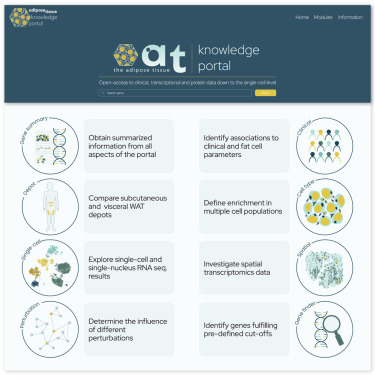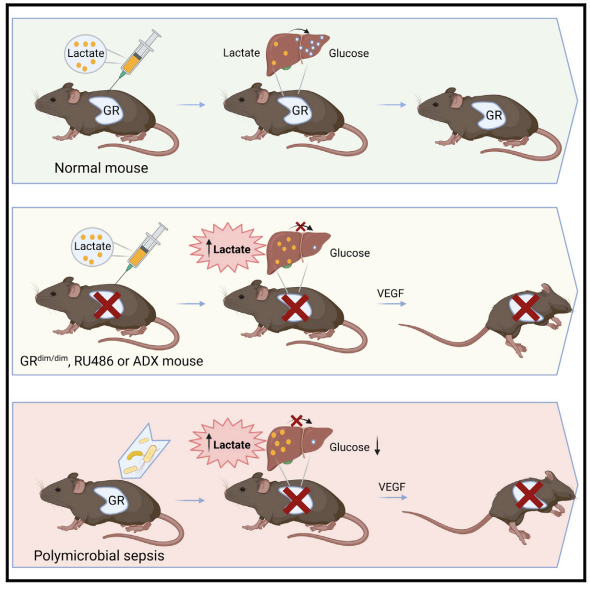Membrane contact sites (MCSs) are heterogeneous in shape, composition, and dynamics. Despite this diversity, VAP proteins act as receptors for multiple FFAT motif-containing proteins and drive the formation of most MCSs that involve the endoplasmic reticulum (ER). Although the VAP-FFAT interaction is well characterized, no model explains how VAP adapts to its partners in various MCSs. We report that VAP-A localization to different MCSs depends on its intrinsically disordered regions (IDRs) in human cells. VAP-A interaction with PTPIP51 and VPS13A at ER-mitochondria MCS conditions mitochondria fusion by promoting lipid transfer and cardiolipin buildup. VAP-A also enables lipid exchange at ER-Golgi MCS by interacting with oxysterol-binding protein (OSBP) and CERT. However, removing IDRs from VAP-A restricts its distribution and function to ER-mitochondria MCS. Our data suggest that IDRs do not modulate VAP-A preference toward specific partners but do adjust their geometry to MCS organization and lifetime constraints. Thus, IDR-mediated VAP-A conformational flexibility ensures membrane tethering plasticity and efficiency.


